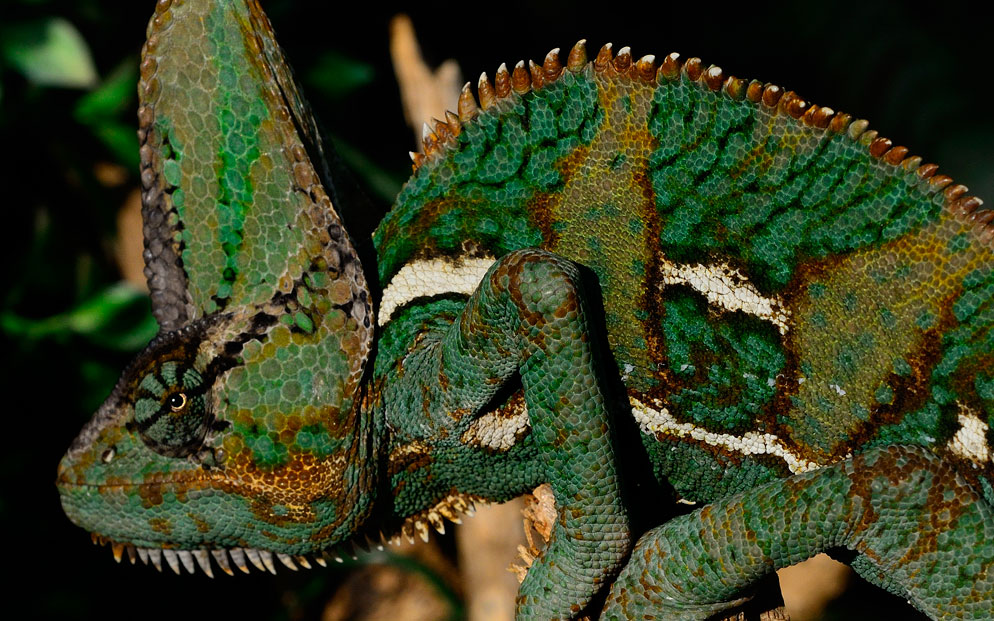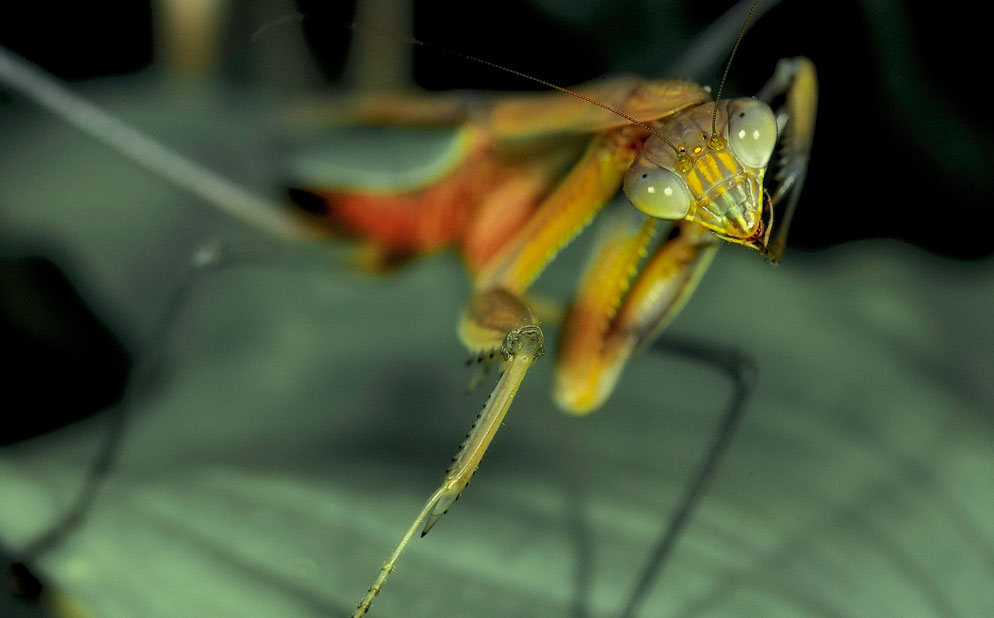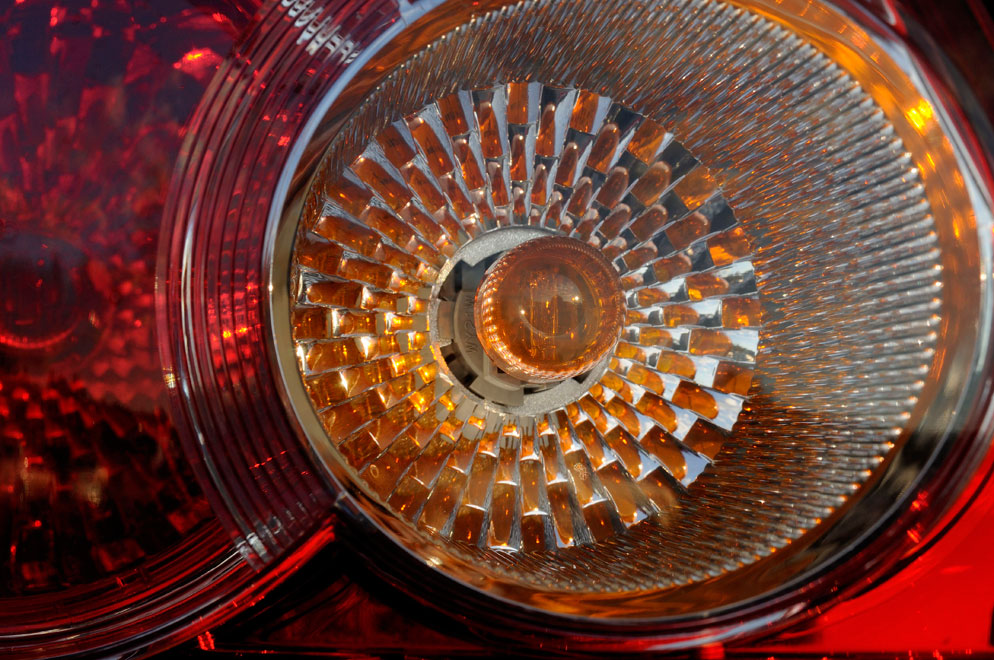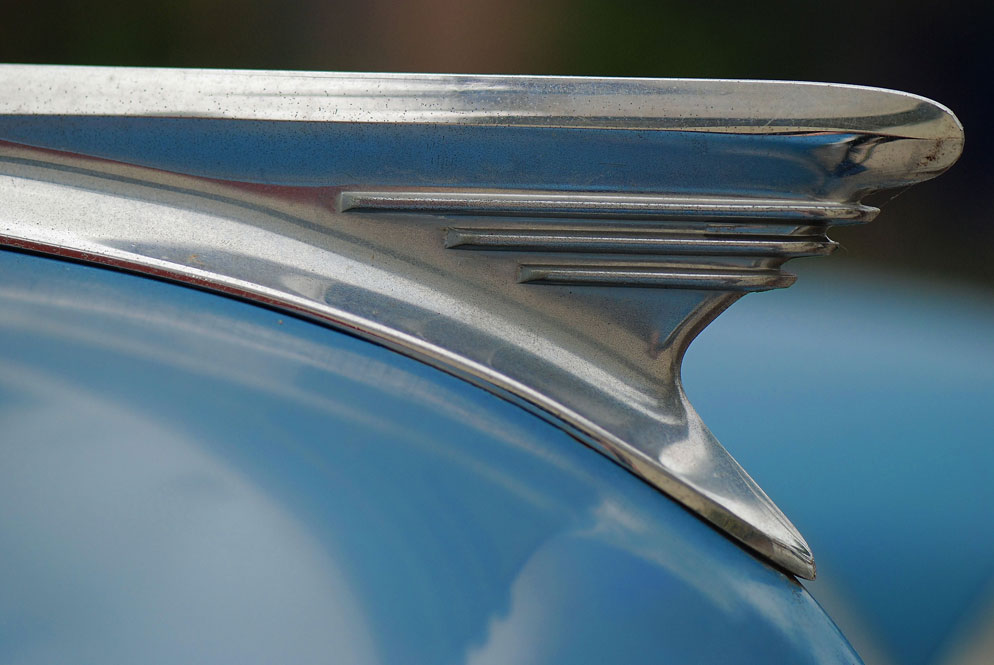Macro Lenses
Macro photography is one of the most interesting types of photography, as it lets you show detail that is otherwise not easily seen by the naked eye.
A true macro lens—Nikon's designation is Micro-NIKKOR—allows you to you take photographs that are 1:2 or 1:1 reproduction, which is ½ life size to life size respectively without the need for any additional accessories. A picture is described as life size when the image size is equal to the subject size. At their closest focusing distances, most lenses provide approximately 3.2 to 5X—hardly enough to fill the frame with really small subjects. Micro-NIKKOR lenses are popular because they offer tremendous versatility, high reproduction ratios, ease-of-use and outstanding value. Micro-NIKKOR lenses will designate on the lens barrel the maximum reproduction ratio (1:2 or 1:1).
Nikon's Micro-NIKKOR lenses are designed to perform their best from infinity all the way down to their closest focusing distances, in the case of the AF-S Micro-NIKKOR 60mm f/2.8G as close as 6 inches. This close focusing distance is known as free working distance and is what distinguishes Micro-NIKKOR lenses from one another. Moving in extremely close to the subject using a Micro-NIKKOR lens lets you to fill the entire frame with your subject, allowing you to expand your artistic vision.
Using a short telephoto macro lens, such as the 200mm Micro-NIKKOR lets you achieve life size reproduction of your subject without having to get as close as with the 60mm Micro-NIKKOR—ideal for shooting insects or other creatures that you may not want to get too close to.
Nikon offers two close-up Speedlight systems which are great for supplementing available light when shooting macro photographs. The R1 Wireless Close-up Speedlight System is configured for i-TTL enabled cameras that feature a built-in Commander function and R1C1 Wireless Close-up Speedlight System is configured for iTTL enabled cameras without a built-in Commander function.
Macro photography often entails the use of a tripod, because when you're shooting so close to your subject, the depth of field is often reduced to millimeters instead of inches or feet. To ensure sharp images, you'll want to place your DSLR on a tripod for added stability. If a tripod isn't an option, try one of the Micro-NIKKOR lenses that feature Nikon's VR (Vibration Reduction) image stabilization. These lenses allow hand held shooting with the ability to shoot at up to 4 stops slower than otherwise possible; great for achieving greater depth-of-field and sharper pictures or D-Movies.
Speaking of D-Movies many Nikon DSLR cameras can record in HD or Full HD video. Just as you can use a Micro-NIKKOR lens to make eye-catching still photographs, you can also create unique D-Movies that showcase your subjects, reproduced up to life size.
And remember too, that just because a Micro-NIKKOR lens gives you the ability to create photographs up to life size (1:1), you don't always have to use the lens as such. In addition to macro capabilities, the lenses are also fully functional lenses at their prime focal length; so the AF-S DX Micro-NIKKOR 85mm f/3.5G ED VR can be used for portraiture or action photography and D-Movies when used on a DX-format DSLR, the PC-E Micro-NIKKOR 45mm f/2.8D ED can be used for architecture or landscape photography or D-Movies, and the Micro-NIKKOR 105mm f/2.8 lens is a great portrait lens for FX-format DSLRs-what all of the lenses have in common is that they also offer extremely close macro shooting capabilities.
Nikon micro lenses include a variety of AF and AF-S lenses, a DX lens, (designed specifically for use with cameras that utilize the DX format image sensor) manual focus lenses and PC-E or Perspective Control lenses, and a DX lenses.
Nikon's Micro-NIKKOR lens line-up:
| Lens | Reproduction Ratio | Closest Focus |
| AF-S DX Micro-Nikkor 40mm f/2.8G | 1:1 (life size) | 6.4 in. |
| AF Micro-Nikkor 60mm f/2.8D | 1:1 (life size) | 8 3/4 in. |
| AF-S Micro-Nikkor 60mm f/2.8G ED | 1:1 (life size) | 0.6 ft. |
| AF-S DX Micro-Nikkor 85mm f/3.5G ED VR | 1:1 (life size) | 0.9 ft. |
| AF-S VR Micro-Nikkor 105mm f/2.8G IF-ED | 1:1 (life size) | 1 ft. |
| AF Micro-Nikkor 200mm f/4D IF-ED | 1:1 (life size) | 19.4 in. |
| PC-E Micro-Nikkor 45mm f/2.8D ED | 1:2 (half life size) | 0.83 ft. |
| PC-E Micro-Nikkor 85mm f/2.8D | 1:2 (half life size) | 1.3 ft. |
| Micro-Nikkor 55mm f/2.8 | 1:2 (half life size) | 0.9 ft. |
| Micro-Nikkor 105mm f/2.8 | 1:2 (half life size) | 1.34 ft. |
Speaking of COOLPIX and D-SLR Cameras—Macro Mode
 Many P&S digital cameras, such as the Nikon COOLPIX models and some Nikon DSLRs offer a Macro Shooting Mode, which is usually denoted by a flower icon. Some COOLPIX cameras even offer a Macro Shooting Mode that allows you to get as close as 0.4-inches to your subjects. With these cameras, the Macro Shooting Mode tells the lens to focus closer than it normally would; and set a wider aperture, to provide the soft blurred background often seen with Macro images.
Many P&S digital cameras, such as the Nikon COOLPIX models and some Nikon DSLRs offer a Macro Shooting Mode, which is usually denoted by a flower icon. Some COOLPIX cameras even offer a Macro Shooting Mode that allows you to get as close as 0.4-inches to your subjects. With these cameras, the Macro Shooting Mode tells the lens to focus closer than it normally would; and set a wider aperture, to provide the soft blurred background often seen with Macro images.
Macro Video - Video taken using a Nikon DSLR and macro lens









